Microwave Pyrolysis Reactor for Plastic Waste: An Overview

The microwave pyrolysis reactor transforms plastic waste into fuel through a controlled heating process using microwave energy. It decomposes plastic polymers in an oxygen-free environment, producing a liquid fuel resembling diesel or kerosene, along with gases and char. This technology offers a method for waste reduction and energy recovery.
How the Reactor Works

- Plastic feedstock is placed inside the reactor chamber.
- Microwave energy heats the plastic to high temperatures without direct combustion.
- Thermal decomposition breaks down plastic into smaller hydrocarbon molecules.
- Condensation collects liquid hydrocarbons as fuel.
This process differs from traditional distillation, as it relies on thermal cracking rather than phase separation.
Fuel Quality and Efficiency
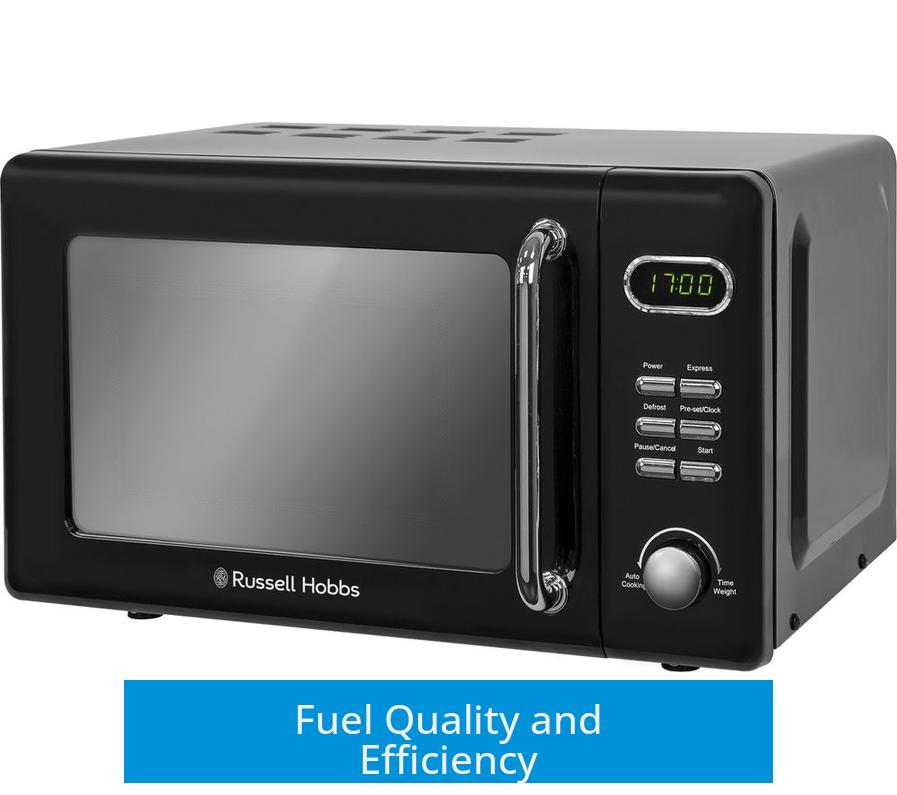
The output liquid typically contains hydrocarbons similar to diesel and kerosene. Certain post-processing steps can improve purity and stability, allowing its use as an alternative fuel. Efficiency depends on plastic feedstock type and reactor design.
| Parameter | Details |
|---|---|
| Feedstock Required | Varies; typically several kilograms per gallon of fuel |
| Cost per Gallon | Depends on operational scale and input prices |
| Fuel Type | Diesel-like liquid hydrocarbons |
Community and Environmental Impact

Microwave pyrolysis has potential to alleviate plastic pollution. Communities with abundant plastic waste, such as in the Philippines, could benefit from converting waste into usable fuels locally. This reduces landfill use and greenhouse gas emissions related to plastic disposal.
Collaboration with local material recovery facilities could enable a consistent feedstock supply. Government engagement can foster wider adoption and regulatory support.
Challenges and Market Context

Despite environmental benefits, market challenges include:
- Lower profit margins compared to traditional crude oil extraction.
- Skepticism around commercial claims and product consistency.
- Technical hurdles in scaling and ensuring product quality.
Online Presence and Security

Creators sharing work online should consider anonymity precautions to protect intellectual property and personal safety. Using masks, voice modification, VPNs, and proxies help maintain privacy.
Key Takeaways
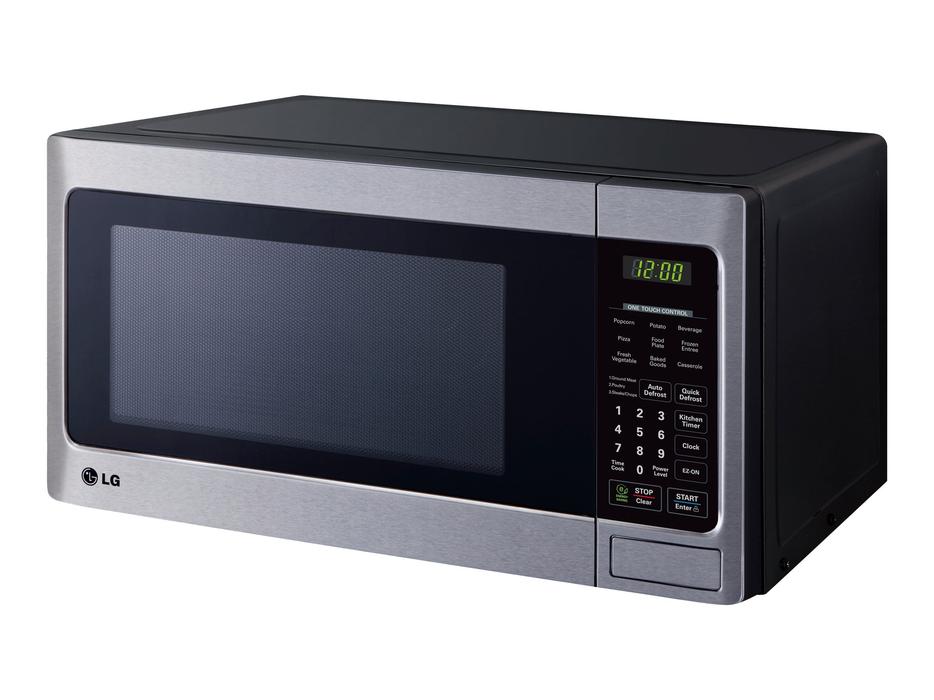
- Microwave pyrolysis converts plastic waste into liquid fuels via thermal decomposition.
- Output resembles diesel or kerosene; quality depends on feedstock and processing.
- The technology offers environmental solutions by reducing plastic pollution locally.
- Economic viability faces competition from conventional oil extraction.
- Community partnerships and government support can enhance impact.
- Online project sharing requires anonymity measures for security.
I’ve recently created a Microwave Pyrolysis Reactor for Plastic Waste, Here’s a video of my work
So, what’s this microwave pyrolysis reactor all about, and why should you care? In a nutshell, it’s a smart, high-tech gadget that converts pesky plastic waste into usable fuel. Instead of letting plastic clutter our oceans and landfills, it heats the waste using microwaves in an oxygen-starved environment, breaking the plastic down into fuel oil, gases, and char. Think of it as a nifty machine turning trash into treasure.
Now that you’ve got the gist, let’s take a deeper dive, sprinkle in some real talk, and explore how this invention is making waves.
Fans and Friends: The Community Cheers On
The first thing that hits you when showing this reactor off is the wave of encouragement. People from all over, from casual viewers to passionate environmentalists, shower praise online. One comment reads:
“Hey J-artorius. I really like your work and hope you go far with it. It’s insane, and I hope we start profiting on work that does the world some good! I sure hope you get some kind of praise for this!”
See? Folks don’t just see a cool machine; they see a hopeful solution for our planet. A kind-hearted soul even threw an invitation from the Philippines on the table. The country’s drowning in plastic waste, and this invention could be a game-changer for their Material Recovery Facilities (MRF). They offered collaboration — a chance to scale this dream and fuel it with an unlimited plastic buffet.
Imagine your town or city tapping into this technology, turning its plastic nightmare into a source of clean energy.
Digging Into the Tech: What’s Cooking Inside the Reactor?
Microwave pyrolysis isn’t just magic; it’s science at work. People ask:
- How much plastic does it take to produce a gallon of fuel?
- Can this fuel compare to diesel or kerosene, or is it a gamble?
- Is the process akin to distillation?
The answer is both simple and technical. The reactor uses energy-efficient microwaves to heat plastic in an environment deprived of oxygen, preventing combustion and instead breaking it down chemically. Essentially, this process is similar to distillation because it involves the thermal decomposition and vaporization of materials to separate compounds.
The quantity of plastic needed varies, depending on the reactor’s size and efficiency, but a solid design will optimize feedstock—say, hundreds of grams for a liter of oil output, targeting a fuel quality comparable to diesel with further refinement.
Quality control isn’t luck, either. By adjusting temperature and reaction time, the process leans closer to producing synthetic fuels with consistent properties, though refining post-production can make it even cleaner and more comparable to commercial fuels.
Show Me the Money: Is This a Profitable Venture?
This is the “elephant in the room” question. A savvy commenter points out a hard truth:
“The profit margins are better for crude oil extraction than for pyrolysis. Not that pyrolysis is unprofitable, but the small extra profit keeps the oil industry thriving, sadly often at the planet’s expense.”
Yes, oil giants control a massive market, and their profits dwarf most emerging technologies. But that’s the very reason pyrolysis reactors like this one are essential. They offer an alternative that supports sustainability—even if the immediate profits don’t match oil drilling.
For smaller communities or companies focusing on green energy and circular economies, the reactor can generate decent returns—both financially and environmentally. Profit margins may be slim, but benefits like less landfill waste, reduced pollution, and local fuel generation punch above their weight.
Keeping it Under Wraps: The Inventor’s Privacy
Here’s a wild angle: some advocates urging caution warn the creator about the risks of unveiling disruptive tech.
- “Wear a mask, conceal your voice, upload videos via proxy and VPN.”
- “If your solution becomes profitable and efficient, you might get assassinated.”
While this sounds like a thriller movie plot, it underscores the chilly reality of innovation in contested fields. The energy sector is fiercely guarded. Protecting identity might be wise until the tech gains wider trust and acceptance.
So, if you’re an inventor or enthusiast diving into this tech, guard your personal info but keep pushing the innovation—it has potential to turn heads and change lives.
Ready to Peek Inside? Check Out the Reactor in Action
Don’t just imagine the process. Witness it live in a video demonstration linked here:
Watch the Microwave Pyrolysis Reactor for Plastic Waste in Action
The video showcases the entire operation, from feeding plastic waste to collecting fuel byproducts, and gives a concrete feel for how accessible and effective this technology can be.
What’s Next? Scaling Up and Collaborating
Suggestions swirled around the comments—especially about reaching out to governments for wider adoption. Green energy policies are becoming mainstream. Picture this: regulatory support, funding, and community buy-in can propel this invention from a backyard project to a national powerhouse.
It already gains community traction. Fellow enthusiasts invite collaboration and real-world testing at recovery facilities—this could lead to more data, better efficiency, and localized fuel production hubs.
So, why wait? Whether you have plastic woes in your town or want to champion green energy solutions, open dialogue and partnerships are vital next steps.
Lessons and Takeaways from Creating a Microwave Pyrolysis Reactor
- Innovation needs an audience: Community support is invaluable. Feedback pushes improvements and motivates the creator.
- Tech details matter: Understanding pyrolysis chemistry and process parameters ensures better fuel quality and efficiency.
- Sustainability beats short-term profit: Though oil has margins, clean fuel tech addresses the planet’s real needs.
- Security counts: Protecting identity in disruptive tech fields saves headaches and potential dangers.
- Demonstrations inspire: Videos build trust and attract collaborations. Show, don’t just tell.
In a world overwhelmed by plastic junk, turning waste into energy isn’t just smart, it’s necessary. This microwave pyrolysis reactor offers a compelling tool for change. So, what’s stopping us from embracing it?
Got plastic piling up? Interested in testing futuristic recycling? Or simply curious about how trash can fuel your next project? Dive into this technology, reach out, and maybe, just maybe, spark a revolution in how we treat plastic waste.
What type of fuel does the Microwave Pyrolysis Reactor produce from plastic waste?
The reactor produces pyrolysis oil, which can be refined similarly to diesel or kerosene. Its exact quality depends on the feedstock and process control but aims to be a usable fuel alternative.
How much plastic waste is needed to produce a gallon of fuel?
The quantity varies by reactor efficiency, but generally, several kilograms of plastic feedstock are required to generate one gallon of pyrolysis oil. Specific values depend on the plastic type and operating conditions.
Is the Microwave Pyrolysis process similar to distillation?
The process resembles distillation in separating components by heating but uses microwave energy to break down plastic molecules chemically. It converts plastics into gas, oil, and char rather than just separating mixtures.
Can this technology be scaled for community or government use?
Yes, it has potential for community-level waste management and fuel production. Collaborations with local facilities and government support could expand its application for environmental benefits.
What precautions should inventors take when sharing this technology online?
To maintain anonymity, use masks, voice alteration, and upload via VPNs or proxies. This helps protect identity due to possible risks if the technology becomes widely successful or disrupts existing markets.


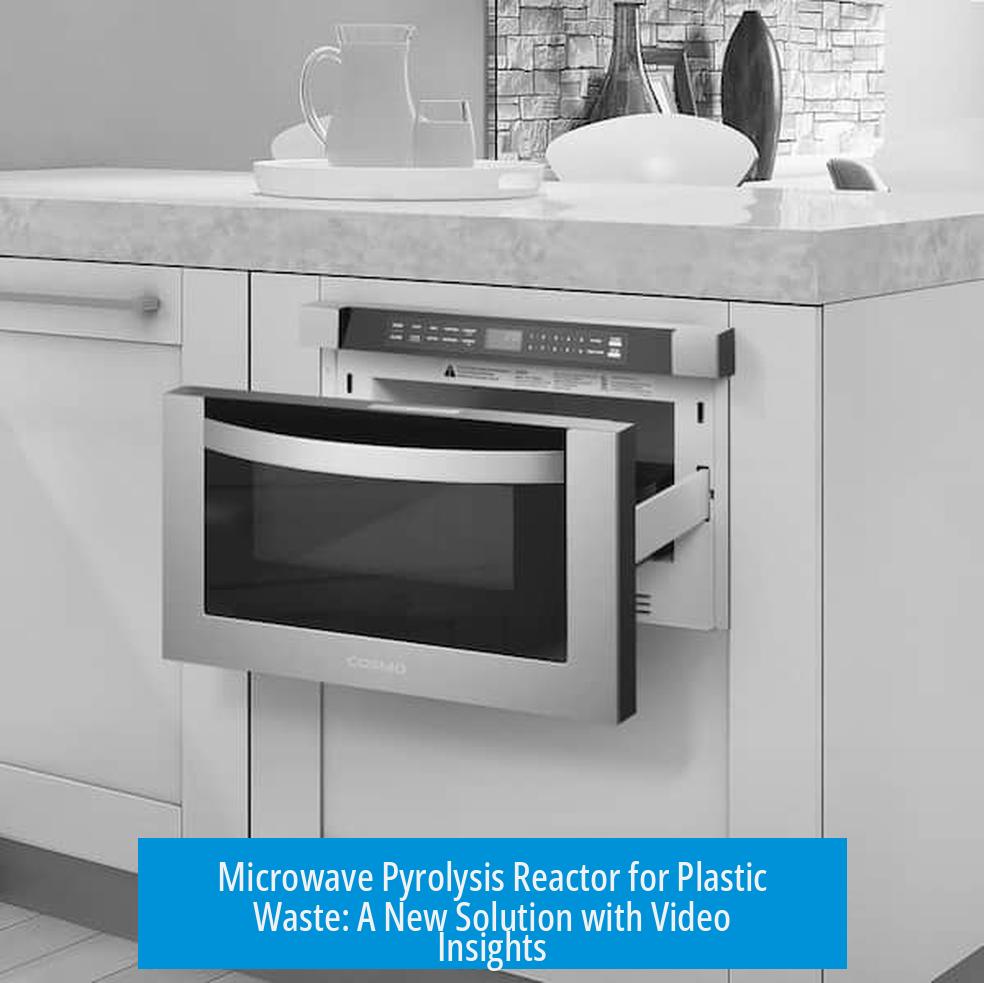
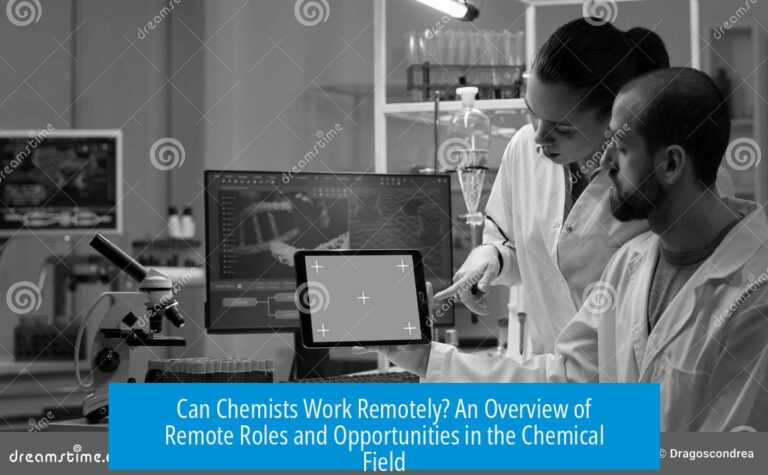
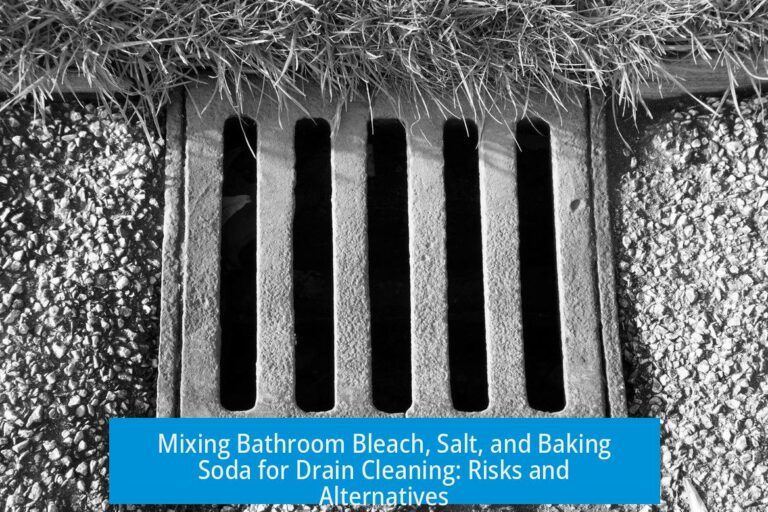
Leave a Comment